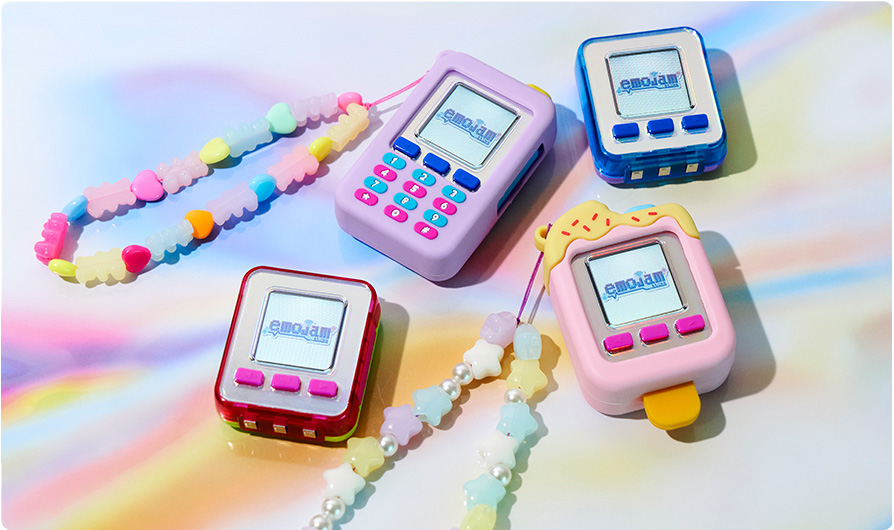Six Key Trends That Will Define Gen Z and Gen Alpha Youth Culture in 2026

Youth culture trends are shifting faster than ever, and by 2026, Gen Z will be closing in on 30 while Gen Alpha enters their teen years. Both generations have grown up in an always-online world, balancing digital and real-life experiences in ways that redefine how they interact with brands, trends, and each other. From embracing slow living to experimenting with bold, attention-grabbing stunts, young people are moving in seemingly opposite directions—yet both paths make sense in an era of cultural fragmentation.
So, what’s next? WGSN break down the six key trends that will shape youth culture in 2026 and what they mean for brands trying to stay relevant.
1. The ‘Dark Mode’ Mindset: Aesthetic Rebellion Meets Digital Detox

Dark mode isn’t just for screens anymore—it’s a mindset. Young people are leaning into darker, moodier aesthetics across fashion, music, and social media. Think gothic influences, underground subcultures, and a pushback against hyper-optimism. At the same time, digital fatigue is real, and Gen Z and Alpha are looking for ways to escape constant connectivity. Brands that can balance edginess with moments of quiet will resonate deeply.
How brands can respond:
Incorporate darker, minimalist aesthetics in product design and branding.
Offer digital detox experiences or content that promotes intentional online habits.
2. The Cosy Comeback: Slow Living for a Burnt-Out Generation

After years of hustle culture and overstimulation, young people are craving comfort. The cosy aesthetic—once reserved for fall-themed social media posts—is now a year-round lifestyle. Soft textures, warm colors, and a focus on home life are becoming more prominent as Gen Z and Alpha look for ways to combat stress and burnout.
How brands can respond:
Highlight products that promote relaxation, self-care, and mindfulness.
Create spaces (physical or digital) that foster a sense of calm and comfort.
3. Cultural Gatekeeping vs. Fandom Frenzy

Young people are passionate about their interests, but there’s a tension between celebrating niche communities and keeping them exclusive. Fandom culture is thriving, but so is gatekeeping—the desire to preserve underground trends before they get too mainstream. Brands need to tread carefully, respecting the authenticity of subcultures without over-commercializing them.
How brands can respond:
Partner with niche creators and tastemakers rather than mass-marketing trends.
Support community-driven content and experiences that feel exclusive yet inclusive.
4. New Wellness Frontiers: From Biohacking to Emotional Resilience

Wellness is no longer a one-size-fits-all concept. In 2026, young people will continue exploring diverse wellness approaches, from high-tech biohacking to ancestral healing practices. Some are going all-in on self-optimization, while others reject wellness as a commodified industry and seek simpler, more holistic approaches.
How brands can respond:
Offer a range of wellness solutions, from tech-driven tools to traditional self-care rituals.
Acknowledge the full spectrum of wellness perspectives, from hardcore fitness to mental health awareness.
5. Culture as a Community Effort

Young people care deeply about cultural preservation, and brands that show genuine respect for heritage and tradition will earn their trust. Whether through fashion, music, or local storytelling, youth culture in 2026 will be about honoring the past while pushing creativity forward.
How brands can respond:
Support initiatives that celebrate cultural heritage and community stories.
Collaborate with artists and designers who authentically represent their cultures.
6. The End of ‘Core’ Aesthetics: Embracing Fragmented Styles

From ‘cottagecore’ to ‘blokecore,’ trend cycles have been spinning out of control, leaving young people exhausted. In 2026, there will be a shift toward personal expression over aesthetic labels. Rather than brands dictating what’s ‘in,’ youth style will be shaped from the ground up.
How brands can respond:
Move away from rigid aesthetic categories and embrace individuality.
Create flexible fashion and lifestyle products that allow for personal styling.
Final Thoughts
Youth culture in 2026 is all about contradictions—seeking both rebellion and comfort, exclusivity and inclusivity, tech-driven efficiency and mindful slowness. Brands that recognize these nuances and adapt accordingly will be the ones that truly connect with the next generation.
Which of these trends do you see shaping the future? Let’s chat in the comments!
.png)
Comments